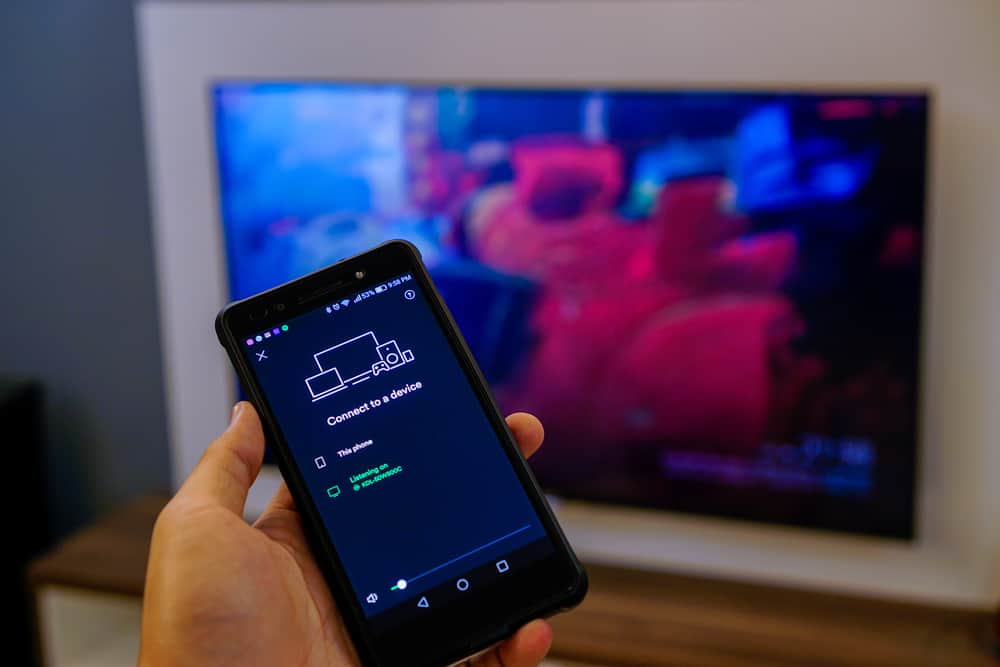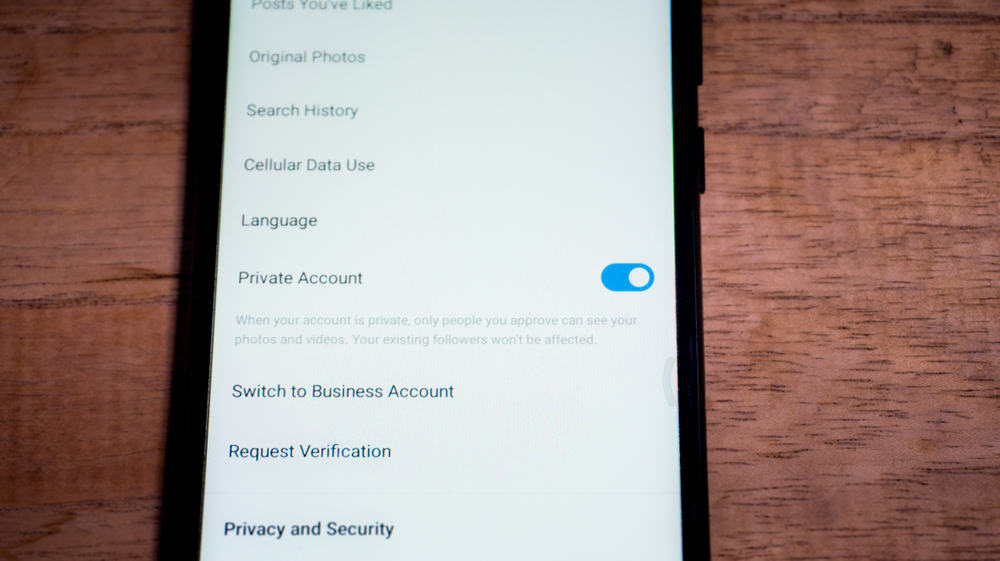
When you check the following list on your Instagram page, you’ll notice that the list has no specific order.
You must have wondered at some point how it works. Why isn’t it in the order of the following date? Like you, many Instagram users wonder how the list works and why it works how it works.
Aside from just wanting to know why the list is lined up in that order, sometimes people want to know what others (like their partner, crush, or ex) are up to; who did they recently follow? Is it whom they suspect?
But the order of users never helps the situation. If anything, it causes more confusion; you end up not getting the information you seek.
So, how is Instagram’s following list ordered?
Instagram orders your following list based on an algorithm that considers many straightforward aspects. The factors contributing to ordering are mutual followings, user interactions, your location, account activity or inactivity, and the number of posts and other content. These components make up the ordering of someone’s following list.
Though Instagram hasn’t shown how the list works, we can tell you it is based on an algorithm. You will understand better by the time you’re done reading this article.
How Is the Instagram Following List Ordered?
Several factors cause the following list to be in a particular order. The key and most relevant characteristics are listed below.
Factor #1: The People You Follow

When going through someone’s following list, you might observe that you have some accounts that are common to your following list, meaning you both follow those accounts.
As a result of the mutual following, these accounts will top the list of the person’s following list.
Sometimes, you won’t find the people you follow at the immediate top of someone’s following list. Other algorithm factors with more strength cause this; therefore, the aspect of the mutual following is displaced.
That is why an account you follow might not appear at the top of the person’s following list.
Factor #2: Interaction With People You Follow
The Instagram following list is occasionally arranged based on how you interact with the people you follow.
Your following list is ordered based on interactions under the condition that you have at least 200 Instagram followers whose accounts you follow back.
The higher your interaction with a particular user, the higher their chances of topping your following list.
When you have regular interactions with other users on Instagram, they will have their names shown at the top of your following list. It doesn’t matter if you follow them or not.
Factor #3: Geo-Location

As we mentioned earlier, your account’s follower and following list on Instagram are not listed in the same order. In the past, the list was arranged in order of occurrence, that is, in chronological order.
Chronological ordering is no longer the case. Instagram has made adjustments. The algorithm is structured in a way that causes the following list to stop displaying in order of occurrence.
Location can influence the algorithm of a person’s following list.
The chances of an account with a location closer to yours appearing at the top of someone’s following list are high compared to one that is not.
Let’s assume you’re checking the following list of someone in Canada, and you live in the US.
If they have followers they follow back who are based in the US in a location close to yours, their account will most likely show at the top of the list.
This factor works even better if such accounts have ever interacted with yours. Instagram will assume there’s a probability of you knowing the person and, therefore, pushes them to the top.
Factor #4: Inactiveness of Accounts
The Instagram algorithm also works in a way that the less active (or inactive) accounts are placed at the bottom of your following list.
This factor only works when you follow a large number of people, with the minimum being 200.
By default, accounts that do not put up any posts within weeks or months will be placed at the bottom of the list.
If you have over 200 accounts following you, the less active ones will automatically be moved to the bottom of the list.
Factor #5: Number of Posts
When an account has a large number of posts on Instagram, they have the edge over those with fewer. Instagram’s algorithm places such accounts slightly above those with fewer posts.
This factor is crucial because they have more content to keep you glued to their page once you visit their profile, and Instagram is all about engagement.
While Instagram can be about connecting people and having fun, it is also business!
So they try to keep you on the app for as long as possible, whatever it takes, even if it means putting accounts with more posts first.
How Do you Order your Following List on Instagram?
You can now order your following list on Instagram by who followed you recently and who followed you earlier.
Here’s how you do this:
- Open Instagram on your mobile device.

- Tap the profile icon in the bottom right corner.

- Tap on the “Following” option.
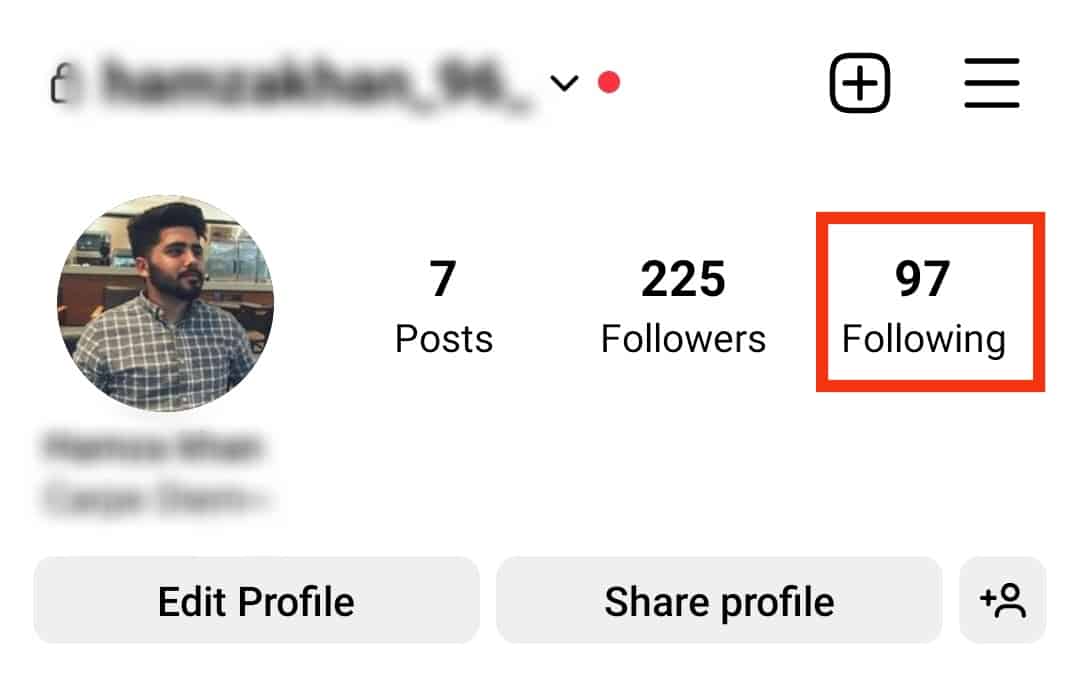
- Tap on the “Sort by Default” button.
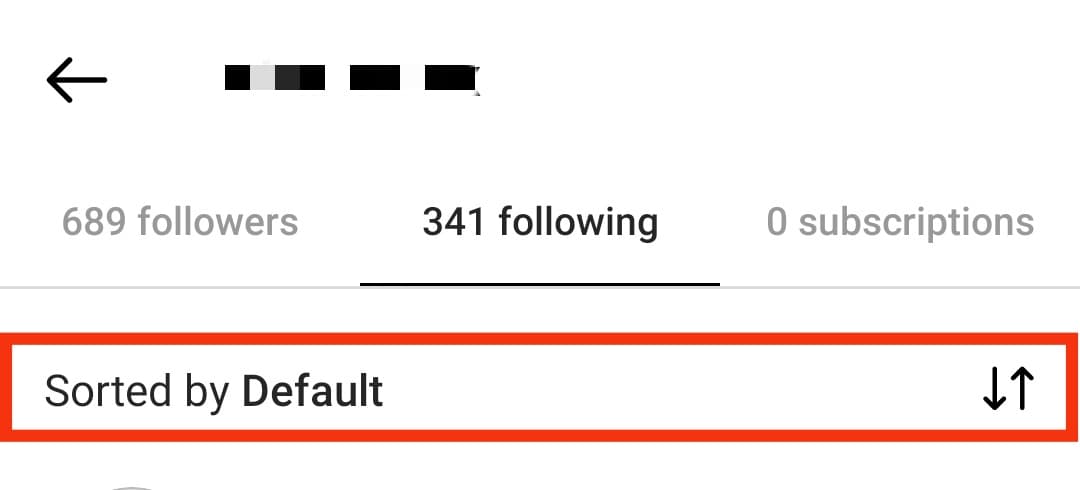
- Select the preferred option.
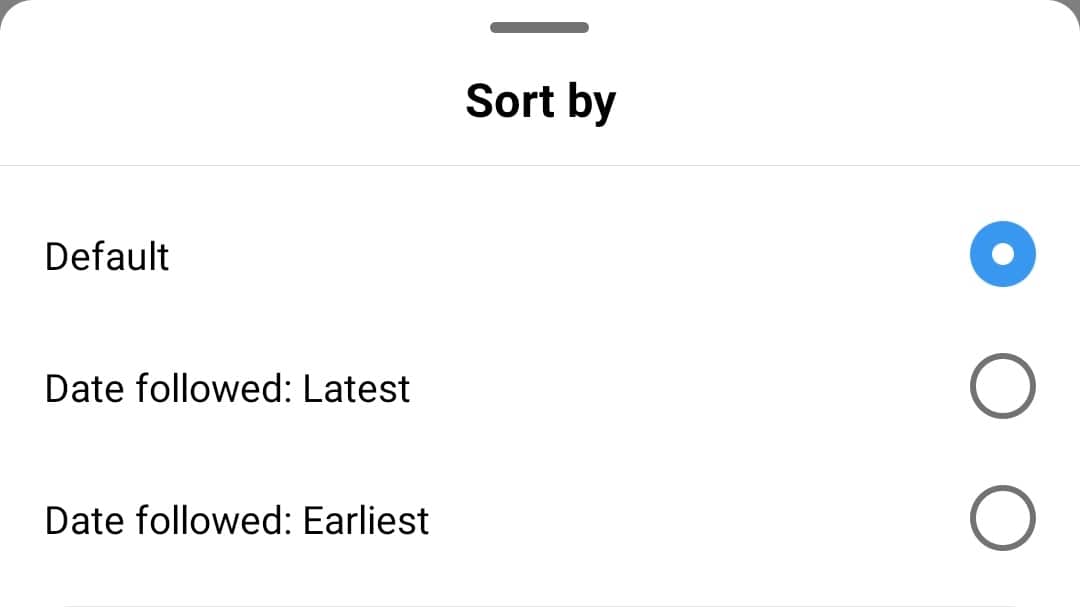
By choosing “Earliest,” your list will appear in the order of whom you followed first. If you select “Latest,” the Instagram algorithm will order your following list according to your most recent followings.
This procedure only orders your following list for yourself and not for other users, so you can better keep track of your following.
Summary
Though this article has shed light on Instagram algorithms and the factors influencing them, It is essential to note that Instagram algorithms change constantly.
We hope we’ve been able to feed your curiosity about how Instagram orders your default following list.
FAQs
No. A person constantly paying your profile visits to stalk you is insufficient to cause your account to appear on the top of the following list.
The number of times a person visits your profile alone is not part of Instagram’s algorithm for the following list. They have to do more than visit your profile, like interacting with your posts or sending DMs.
Here, sorting by default means sorting automatically, using the programmed or preselected sorting option rather than manually picking an option.
